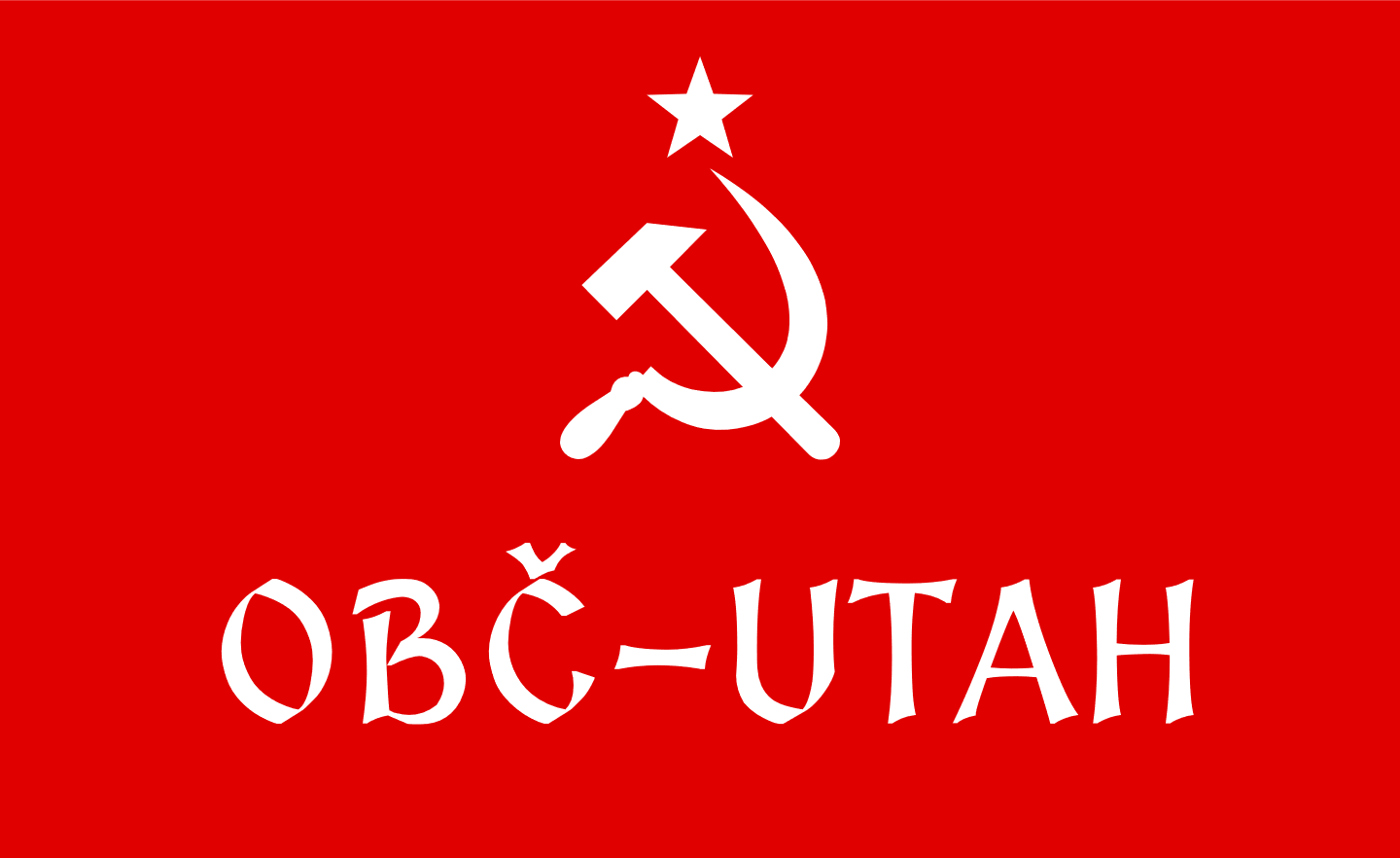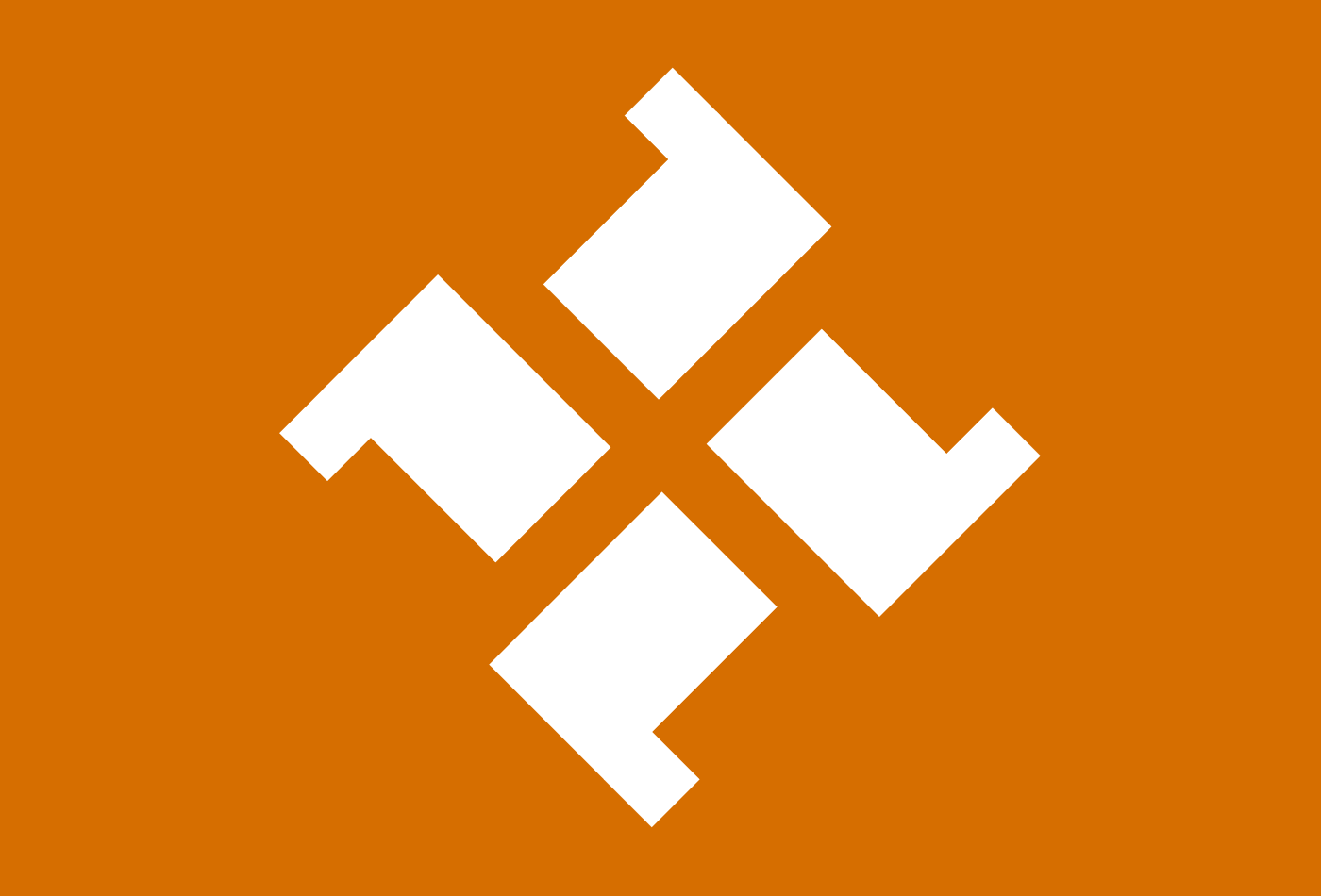Campaign XII Prep Sheet
The Situation
It is the 17th of Deadfire in the year 2893. The Siege of Khat- yanghatar began two years ago to the day, beginning the Second Chazhdurm Emergency. One month later, several of the rebel leaders responsible for orches- trating the attack on Enzimian soldiers that led to the siege escaped the city into Treima. In response, Enzim issued an ulti- matum to Treima to extradite the men and began a blockade of the country. A merchant vessel was sunk attempting to leave the blockade, and negotiations broke down. The world readied for war, and on Monday, 11 The Dusk, Enzim invaded Treima from the south. The next day, Tira Vella declared war on
The Factions in Chazderma
There are three main independence factions among the Chazhdurms. Currently, despite their different goals, they are all coordinating (or at least not fighting each other) to fight the Enzimians. It’s well understood that should they win against the Enzimians, they will immediately fight each other for supremacy.King Iroģ and the Monarchists

The largest faction with the most support is King Iroģ (EE-rog) and the monarchists. Iroģ is a member of the Qomuni dynasty, which ruled the Chazhdurm state of Sužona (soo-ZHOH-nuh) between its emergence during the Wars of Enzimian Expansion in the 24th century until its conquest by Enzim in 2755. For the next 115 years, Sužona became an Enzimian protectorate still nominally under Qomuni rule until 2870 when the various Chazhdurm states were reorganised into Upper and Lower Chazderma under direct Enzimian colonial administration following the First Chazhdurm Emergency. After the current war began, Iroģ proclaimed himself once again the king of Sužona and took the additional title of king of the Chazhdurms, vowing to drive the Enzimians out of not just former Sužona, but all of Chazderma. Support for
OBČ-UTAH and the Socialists
The socialists of UTAH, the OBČ, and the People’s Council form the second-largest independence faction. In the decades leading up to the war, a substantial socialist presence developed in the wealthier and more developed Upper Chazderma. When the war broke out, the Northern People’s Liberation Army (UTAH—Ugo Tucra Aŗsej Hezeli) formed under the Chazhdurm Worker’s Party (OBČ—Omraģ Bęźseni Čazdǫrmi), many of whose members had been living in political exile in neighbouring Dacia. The most influential Chazhdurm socialist, Ofur Žtalǫ (OH-foor SHTAH-luh) was imprisoned by Enzim five years before the war. Formally, there is no single leader of the socialist, but Amir Lǫqąra (uh-MEER luh-GAH-ruh) is recognised as the de facto political and military leader of the socialists. The socialists were the last group to join the

sa Źsabla Ązi

Despite being the smallest faction, sa Źsabla Ązi (SHAH-bluh YAH-zhee) (the Sword of God) was in a way the group that began the revolt. Before the war, there was no Źsabla Ązi, but a collection of mostly nameless anti-Enzimian, independence-minded groups operating in secret. Because Iroģ previously was a willing vassal of and collaborator with the Enzimians even during the First Chazhdurm Emergency, some view him as an illegitimate ruler. No other previous Chazhdurm ruler has managed to muster even a fraction of his support, however (Sužona was the largest and most prestigious Chazhdurm state prior to Enzimian conquest). Those who revolted in the First Chazhdurm Emergency were arrested, executed, or exiled, and those that didn’t are guilty of the same collaboration as Iroģ. As such, those who supported independence, but not under what they view as an illegitimate (and to some, foreign) king (including those
Character Profiles
Bransted's Crew
Karl Bransted
Karl Bransted (CARL BRAWN-sted, age 37) has worn many hats. He was born in a Vessian frontier town. He joined the cavalry at a young age until he got tired of taking orders. He was a bandit briefly, then a miner. He was looking for silver when he found an old Elvish ruin. It made him a fortune and he took an interest in archaeology. His formal education is sparse, and he mostly relies on his university contacts to do the “boring work” while he spends his time out in the field. He was apparently quite the renegade and womaniser in his twenties, but the Karl you all know is rather sober and professional. He’s been all over the world and knows a lot of people all over from all walks of life. He’s independently wealthy, but it doesn’t count for much when any excavation equipment he tries to bring in gets impounded at customs and half the men who could swing pickaxes and shovels are off firing rifles at the Enzimians. The work’s going nowhere, hence his willingness to work with the Tira Vellans. He doesn’t have a side in the war, and wants his country, Vasmark, to remain neutral even as they lean towards the Tira Vella and the Western Powers.Kaśka Ręśko
Kaśka Ręśko (CASH-ka RENSH-koh, age 30) is Bransted’s driver. She’s a boisterous woman, talkative and very outspoken in her opposition to the Enzimians and what she calls their oppression of the Chazhdurms. She’s less than thrilled about the prospect of working with the Tira Vellans, though. As she sees it, they just want to be the ones in charge instead of the Enzimians. She thinks the war is necessary, and obviously wants to see the Chazhdurms become independent. Almost nothing about her can be described as ladylike: she’s heavy set with short hair. You’ve never seen her wear a dress, and her clothes are often stained with grease. She likes cars: racing them, working on them. That Senza Model B (long cab, four speed plus reverse, 70 horsepower, 2.6L straight-6, as she’s keen to point out) might be in Bransted’s name, but it’s her baby. But for how much she likes to talk, she hasn’t said much about her past. She walks with a limp, apparently from a racing accident, and frequently chews qąt, a local plant with stimulant and analgesic properties, for the pain. She’s half Areltyan and grew up in Alvoradã. She was widowed a few years ago and moved to Khatyanghatar, where she met Bransted. She’s never gone into any more detail about it.Costin Buxó
Costin Buxó (KOH-stin boo-SHOW, age 28) joined the crew with Elvira about two months ago. An adventurous sort with a zest for living. He gets along well with Elvira, obviously, though he makes no bones about the casual nature of their relationship. He likes doing card tricks. He’s got a gambling habit, a few outstanding debts in a couple cities, and a few things he’s cagey about speaking on. He’s not one for planning, which often gets him in trouble. Half the stories he spins are probably made up, and the other half are probably exaggerated. He’s from Treima, that’s certain; he speaks with those characteristic “zh”s and “z”s. He’s worked all sorts of odd jobs: horse shoer, postman, warehouse worker, fruit picker; he briefly tried to be a sommelier. He and Elvira started working with Bransted as some sort of “magical experts”. His sympathies lie with Treima, obviously, invaded and occupied by Enzim at the start of the war, but he thinks they were stupid to not just meet Enzim’s demands to end the blockade, and Tira Vella and the Western Powers just used Treima as an excuse for their war.Neminioc of Cargyle
Neminioc of Cargyle (neh-MIH-nee-ock, age 138) trained his whole life to be a human hunter and enforce Nagain’s isolation, but when it finally came time to defend his home, it was again the elves of Otha and their allies who had opened the country and invited the humans in. When his people were conquered and subjugated by the Othians in Is Nagain, he was disgusted. He didn't have the heart to fight on against the Othians, but there was nowhere he could go to truly fit in anymore. He left for Vasmark where he met Bransted during the latter’s brief days of banditry. He left that life when he met a Shkhowamps woman; they married and he bought a ranch. A few bad seasons, a foreclosure, and a divorce, and when he got a letter from an old friend, he packed up and left for Chazderma. He doesn’t care about the war or which side wins, though when Is Nagain joined the Western Powers recently, he started rooting for the Eastern Powers against them. He sees a bit of his own people in the Chazhdurms, but thinks their fight against the Enzimians is futile, and that the sooner they accept their loss, the better.Tira Vellan Attaché
Captain Aineos Steanoun
Aineos Steanoun (EH-nee-ose stee-Æ-noon, age 45) is a captain within the Tira Vellan army, sent to Chazderma to negotiate some sort of deal with the Chazhdurm rebels. Right now the rebels are somewhat disorganised and the leaders are secretive and in hiding after their flight from Treima at the start of the war. All of this is to say his task of aligning with the rebels won't be easy, which is where Bransted comes in. He's been in Chazderma for years, and doubtless knows the situation, and can help. The only reason Steanoun was even put on this detail was because he met Bransted years back in Tira Vella when Bransted was on a dig in the Grey. A man from the gentry and a military family, his personality is rather aristocratic. His experiences in combat have only been in Tira Vella's colonial conflicts, and his isolation from the fronts in this war have given him "officer's blinders". His primary concern is winning the war, and he firmly believes the Chazhdurms can help, even if he has little care for whatever happens to them once the war is over. He'd be happy to see Tira Vella expand its influence back into the area, thoughSpecialist Luke Diralos
Luke Diralos (LUKE dih-RAH-los, age 23) was brought along to act as a translator for captain Steanoun. His father did business in the mining industry, often working in Treima and Upper Chazderma, so he often heard Varaso, and Chazhdurm to a lesser extent, but most of the business was conducted in Varaso. He grew up in Agratios until he was ten, when his father began taking him along on his frequent trips overseas to learn the business. He spent six months in basic before shipping off to the Eastern Front, narrowly missing deployment with the doomed Cainith Landing. He spent six months suffering the horrors of the trenches in Areltya, but managing to avoid going over the top until he was rotated behind the front. He was only a few weeks from being rotated back when Steanoun came around asking for someone who knew Varaso or Chazhdurm. He oversold his grasp of Chazhdurm a bit, but he didn't want to risk someone else getting the spot and him going back to the front. He's somewhat skittish, unserious, and joking. He was gung-ho to join the war, but less so now. He still wants to see his country crush the Taminils, but he doesn't want to be on the front again.Character Building
I recommend looking at the list of perks first to identify any you may want to start with or acquire quickly before picking your character's species first, then their background. Once those two are chosen and you know what bonuses your character will get, then determine their basics and their attributes, skills, languages, and (optionally) traits. From there you can choose to spend your 20 starting XP on improving skill proficiencies and/or perks. After that, choose your starting equipment.Starting Equipment and Money
Money in Lower Chazderma, an Enzimian colony, is the Enzimian fotim (₣), divided into 100 céntêmes (¢). You have 100₣ to spend on starting equipment. Any unspent fotims are retained as money. Additionally, you start with an additional 1d6+1₣ as money. The list of available equipment is divided between armour, weapons, and general equipment. It's worth noting that for starting equipment you will "buy" things at the average prices, but in the world, prices for items may vary from this average. Engraved, filigreed, inlaid, damascened, or otherwise higher-than-average quality versions of items (such as an engraved shotgun or gold watch) can be had for the average price from your starting money, but must be justified according to your backstory and campaign-prior finances. Basically, I just don't want you to try to start with a bunch of high quality items you "bought" with the sole intention of selling later for a "profit".Necessities
This is a quick list of some items you should probably prioritise.- Backpack, large: 10.60₣, necessary for carrying most items
- Backpack, medium: 8.00₣
- Backpack, small: 5.00₣
- Bedroll: 5.00₣, needed for resting
- Clothes, common: 7.50₣, needed for protection and social acceptability
- Clothes, ragged: 1.00₣
- Firearm maintenance kit: 10.00₣, needed for maintaining firearms
- First aid kit: 7.40₣, useful for healing or stabilising comrades
- Flask, cooking fat: 3.25₣, useful for cooking or maintaining blades
- Flask, fuel: 4.80₣, useful for maintaining firearms and blades or burning for light
- Holster/scabbard: 5.60₣, needed for quick access to weapons
- Matchbox: 95¢, useful for starting fires
- Mess kit: 6.75₣, needed for preparing meals
- Ration (stable): 3.00₣ each, useful for backup food
- Whetstone: 2.20₣, needed for maintaining weapons


Comments